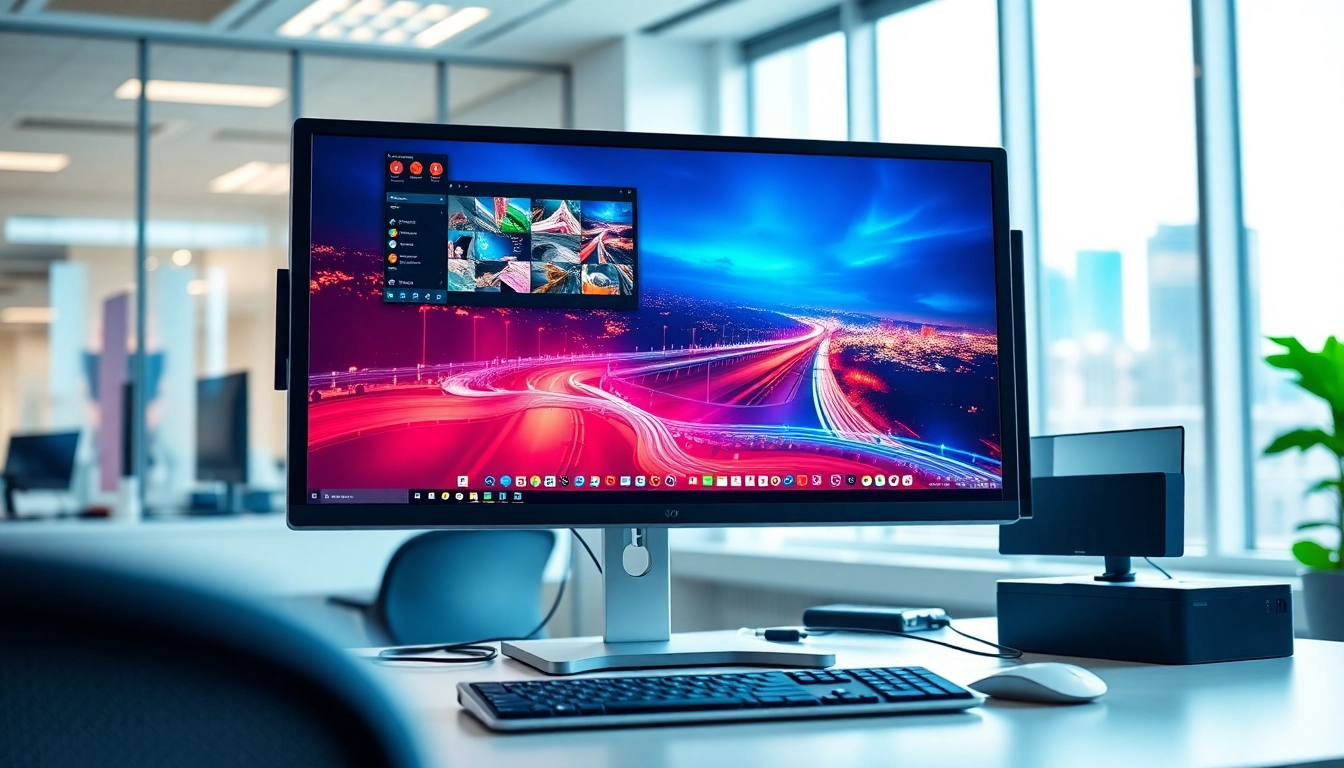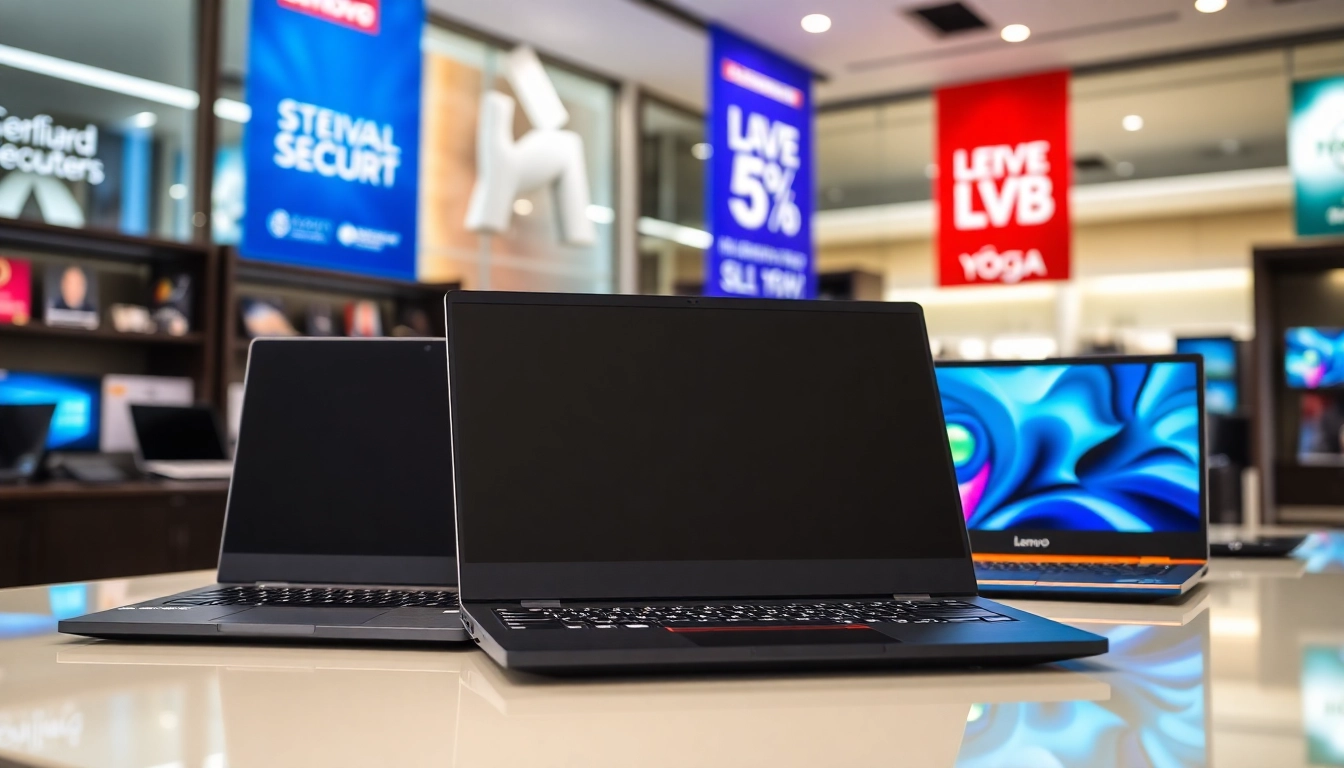Understanding Virtual Desktops
What is a Virtual Desktop?
A virtual desktop is a technology that allows users to access their desktop environments remotely via the internet. This can involve simulating an entire desktop operating system in a centralized server, which users can interact with through various devices, including desktops, laptops, tablets, and even smartphones. Virtual desktops fundamentally change how we perceive the traditional computing environment, offering flexibility and enabling users to transcend physical limitations.
At its core, a virtual desktop provides a different layer of abstraction between the user and the underlying hardware. Instead of being tied to a specific device, all of your applications, files, and configurations exist in a cloud-based environment, making it accessible from anywhere with an internet connection.
Key Features of Virtual Desktop Technology
Several key features define the efficacy and versatility of virtual desktops:
- Accessibility: Virtual desktops can be accessed from various devices, making remote work easier and more efficient.
- Centralized Management: It allows for easier software updates, resource allocation, and system maintenance since everything is managed from a central location.
- Scalability: Organizations can scale up or down based on their needs without purchasing additional hardware.
- Enhanced Security: Sensitive data is kept on secure servers rather than local devices, reducing the risk of data loss due to hardware theft or misuse.
Comparison with Traditional Desktop Environments
Traditional desktop environments confine users to specific physical machines, which often limits accessibility, flexibility, and security. With virtual desktops, users have a consistent experience regardless of the device being used. Moreover, in traditional settings, upgrading hardware often requires significant investments and operational downtime. Virtual desktops alleviate these concerns because upgrades can occur server-side, without direct impact on user accessibility.
Benefits of Using Virtual Desktops
Enhanced Accessibility and Flexibility
Virtual desktops offer unparalleled accessibility by allowing users to work from any location with an internet connection. Whether it’s at home, in a coffee shop, or on the go, users can securely access their desktop environment. This flexibility is increasingly vital in a world where remote work is becoming the new norm. Organizations can harness this capability to attract talent unhindered by geographic limitations.
Cost Efficiency for Businesses
Implementing virtual desktops can lead to significant cost savings. Organizations can avoid the upfront expenses associated with hardware purchases and maintenance, instead transitioning to a subscription-based model. In addition, energy savings are notable, as fewer physical machines reduce power consumption and cooling needs, which directly impacts operational costs.
Security Benefits of Virtual Desktops
Security is a fundamental concern for any organization, especially when dealing with sensitive data. Virtual desktops bolster security by keeping all files and applications stored on centralized servers that can be monitored and managed more effectively. Additionally, by eliminating local storage on devices, the risk of losing data due to theft or loss is significantly reduced. Organizations can also enforce multi-factor authentication and access controls more efficiently within centralized environments.
Common Use Cases for Virtual Desktops
Remote Work Scenarios
In the wake of the COVID-19 pandemic, remote work has surged in popularity, making virtual desktops an essential solution for many companies. With virtual desktops, employees can securely log in and access everything they need without being tethered to physical office spaces. This adaptability allows for business continuity and reduces the reliance on specific hardware and software configurations.
Virtual Desktops in Education
Educational institutions are increasingly adopting virtual desktops to provide students with access to software applications and resources from any location. Virtual labs and remote desktops enable students to engage in coursework without needing high-end hardware at home. This provides substantial value in terms of equity, ensuring students have equal access to necessary resources, regardless of their personal situation.
Gaming and Entertainment Applications
The gaming industry also stands to benefit from virtual desktop technology. Gamers can play resource-intensive PC games on lower-end hardware by utilizing virtual desktops. This has led to services that stream game content over the internet, allowing for high-quality experiences without requiring significant local resources. Additionally, VR applications leverage virtual desktops to deliver immersive experiences without the need for extravagant hardware setups.
How to Set Up a Virtual Desktop
Choosing the Right Hardware and Software
Before diving into the setup process, it’s essential to select appropriate hardware and software. When choosing hardware, consider both the server specifications (CPU, RAM, and storage type) and the endpoint devices that will be used by end-users. The software aspect entails selecting a reliable virtual desktop infrastructure (VDI) solution or a Desktop-as-a-Service (DaaS) provider. Key players in the market include VMware Horizon, Citrix Virtual Apps and Desktops, and Microsoft Azure Virtual Desktop.
Step-by-Step Configuration Guide
The process of configuring a virtual desktop environment can vary depending on the chosen software. However, the general steps typically include:
- Set up the server environment, ensuring that the necessary hardware resources are allocated.
- Install and configure the VDI or DaaS solution following the vendor’s documentation.
- Create virtual machine instances for your desktops, configuring settings per user or group needs.
- Implement security measures such as firewall rules and access controls.
- Test the virtual desktop environment to ensure it meets organizational requirements before rolling it out to users.
Optimizing Performance for Your Needs
Performance optimization for virtual desktops is crucial for user satisfaction. This can include implementing load balancing across multiple servers, optimizing bandwidth for remote access, and ensuring that the network infrastructure can handle peak loads. Regular audits and updates will help maintain performance, especially as user demands grow or change over time.
Future Trends in Virtual Desktop Technology
Emerging Technologies Impacting Virtual Desktops
The landscape of virtual desktop technology is continually evolving, fueled by advancements in cloud computing, AI, and machine learning. Emerging technologies like edge computing are expected to enhance performance by bringing computing closer to users, reducing latency in accessing virtual desktops. Additionally, AI can help optimize resource allocation and monitor system health proactively.
Predictions for the Next Decade
As we look to the future, forecasts indicate a significant increase in the adoption of virtual desktop solutions as businesses adapt to hybrid work models. More organizations are expected to utilize virtual desktops across various industries, including healthcare, education, and finance, drawn by the benefits of scalability and security. Moreover, the integration of virtual desktops with IoT devices and smart technologies could create new opportunities for real-time collaboration and data sharing.
Preparing for Ongoing Innovations
Organizations looking to harness the power of virtual desktops should remain agile, ready to adapt as technology progresses. Keeping a pulse on trends, investing in training, and ensuring that IT departments are equipped with the necessary knowledge and tools to implement new features will be crucial for maximizing potential benefits. As virtual desktop technology continues to advance, the organizations that prioritize innovation will likely maintain a significant competitive edge.


